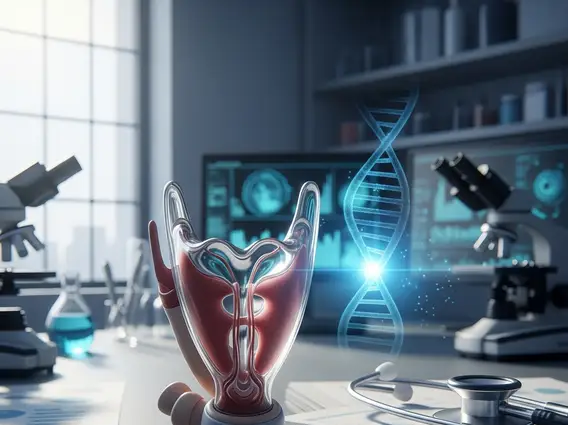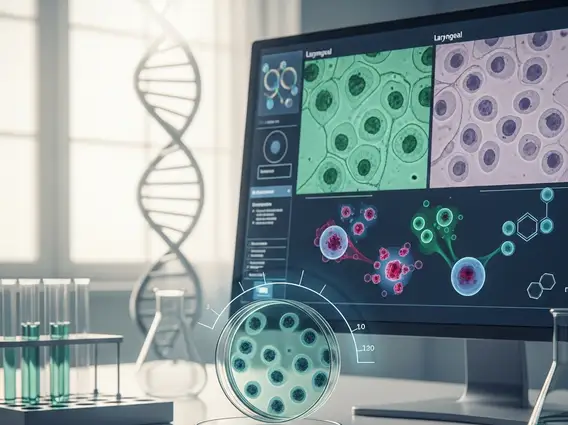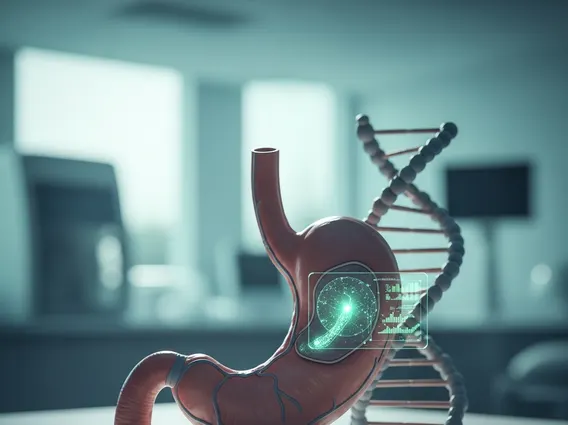Polycythemia Vera and Myelofibrosis
An uncommon condition like polycythemia vera (polly-sigh-THEE-me-ah-VAIR-Ah), often known as PV, can be frightening. It can also create a lot of questions regarding PV and what to expect if you live with it. PV is an uncommon, persistent blood cancer that belongs to the myeloproliferative neoplasms (MPNs) group of disorders. The bone marrow overproduces red blood cells in PV. PV is a progressive disease, which means it will worsen with time.
What Is Polycythemia Vera?

Polycythemia vera causes your body to produce too many red blood cells. After years of this, your bone marrow can become so filled with scar tissue that it can’t make enough blood cells to meet your body’s needs. Doctors call this condition myelofibrosis.
To learn more about Myelofibrosis, read our ultimate guide: Myelofibrosis Ultimate Guide
Abnormal bone marrow cells grow out of control, which is a rare occurrence. And as a result, this can lead to acute myelogenous leukemia (AML), a blood and bone marrow cancer. Polycythemia vera occurs when a mutation in a gene causes a problem with blood cell production. The number of each of the three types of blood cells — red blood cells, white blood cells, and platelets — is normally regulated by your body. However, in polycythemia vera, your bone marrow produces an excessive number of these blood cells.
The cause of the gene mutation in polycythemia vera is unknown, but it’s generally not inherited from your parents.
Is Polycythemia Vera a Form of Cancer?
Polycythemia vera is a form of cancer of the blood. It causes your bone marrow to produce an excessive amount of red blood cells. These extra cells thicken your blood, delaying its flow and increasing your risk of blood clots.
Is Polycythemia Vera the Same as a Myeloproliferative Disorder?
The most frequent type of myeloproliferative disease is PV. Excessive production of normal red blood cells, white blood cells, and platelets characterize it. Increased red blood cell production distinguishes it from its myeloproliferative disease rivals. Its complications include:
- Arterial or venous thrombosis due to red blood cell-induced hyper viscosity.
- Transient ischemic attacks, ocular migraine, or erythromelalgia due to activated platelets.
- Aquagenic pruritus due to activated basophils.
- Bleeding or pseudo hyperkalemia (falsely elevated blood potassium levels) due to extreme thrombocytosis.
- Splenomegaly due to migration of the involved spleen cells.
When Polycythemia Vera Becomes Myelofibrosis
If you have PV, you may be concerned about what will happen in the future. While everyone’s PV is distinct, the disease can usually be controlled efficiently for a long time. PV can worsen in a small percentage of patients—about 10 percent—and convert into myelofibrosis (MF), which is another type of MPN. Post–polycythemia vera myelofibrosis is the name given to PV that transforms into MF.
MF is an uncommon, long-term blood cancer. Patients with MF have an abnormality in their bone marrow, which causes abnormal blood cell production and scar tissue formation. It’s important to note that MF does not revert to PV, and people diagnosed with MF do not develop PV later.
Sources:




















